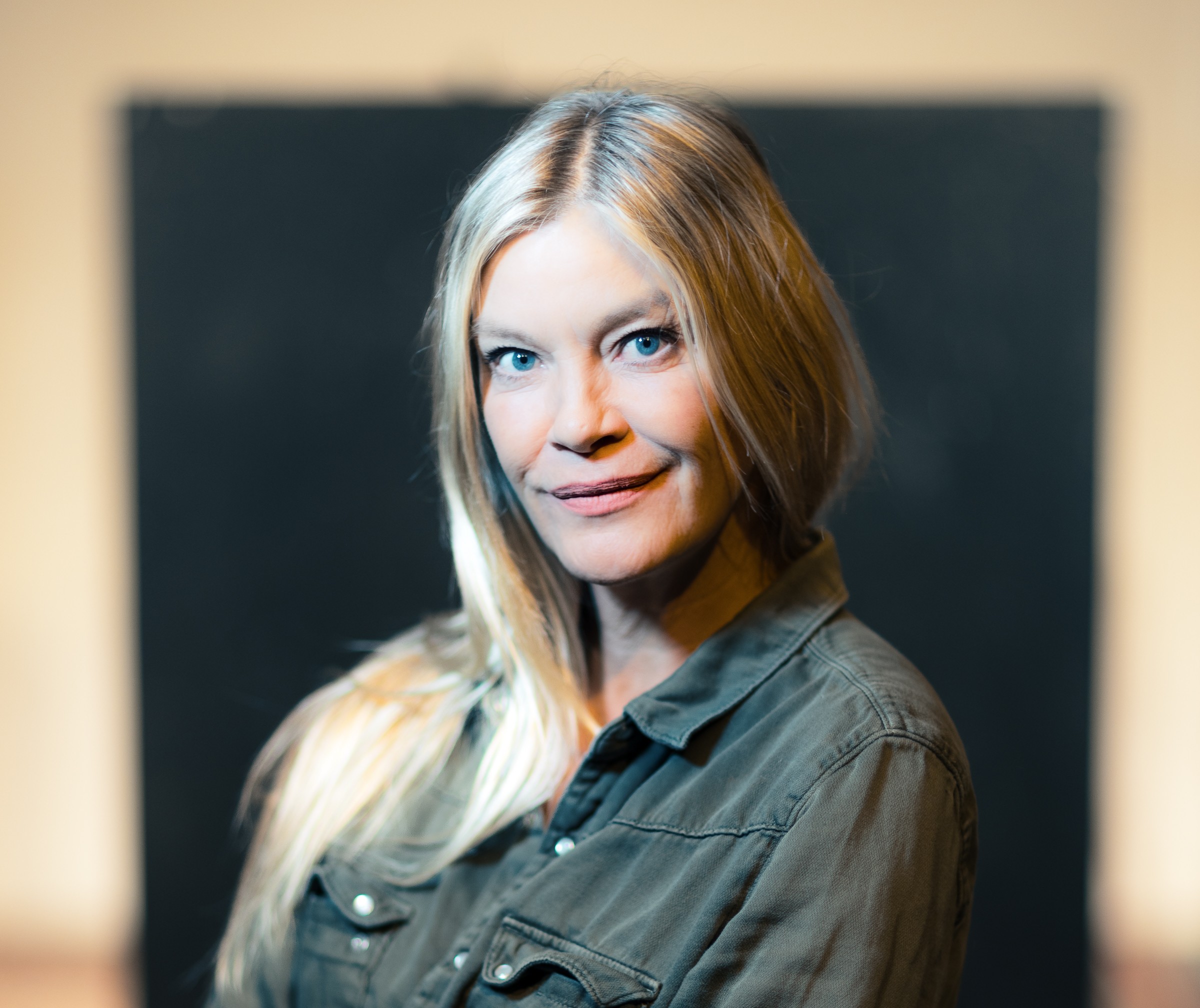Some 73 percent of Danish children aged 7-14 owned a smartphone with access to the internet in the spring of 2020, according to an extensive Danish Film Institute survey, which was partly parent-assisted.
The majority of those questioned had two of more devices, and just 6 percent had none (as did 18 percent of all seven-year-olds). However, while 3 percent of the questioned 13-year-olds did not have a device, all of the 14-year-olds did.
Furthermore, 2, 1 and 2 percent of all the 10, 11 and 12-year-olds respectively did not have a device, which suggests that the resolve of parents to deprive their kids (until they are 13, for example) is weakening.
Boys have more devices
Broken down, 59 percent of the children had an iPad, 48 percent their own computer, 39 percent a games console and 37 percent their own television.
Gender-wise, 39 percent of the boys had at least four devices, compared to 18 percent of girls. Some 59 percent of girls had two or fewer devices, compared to 40 percent of boys.
Some 68 percent of the 14-year-olds had at least three devices, compared to 69 percent of the 12-year-olds, again suggesting that usage is growing in general.
Smartphone tendencies
While 89 percent of the over-10s had a smartphone with internet access, compared to 47 percent of the under-10s, the figures are flipped for iPad usage, with 63 percent of the under-10s having one, compared to 57 percent of the over-10s.
For all other devices, the over-10s had more, with 64, 44 and 42 percent owning a computer, games console and TV compared to 21, 32 and 29 percent among the under-10s.
Girls are more likely to have a smartphone – by a degree of 0-15 percentage points across the age spectrum – while boys are more likely to have a games console (30-50) and television (3-15).
In love with YouTube
The survey also questioned the youngsters about their film and television viewing habits, but perhaps most interesting were the findings about social media consumption – particularly in regard to their fondness for YouTube.
The children revealed they very rarely used the channel to watch television (just 7 percent a week) or films (5 percent). The most popular genres to watch were YouTubers (57), gaming (41) and pranks (44).
YouTube is the most popular social media platform for all ages up to 14, at which point Snapchat catches up. Broken down, 62 percent of seven-year-olds watch it weekly, and 76 percent of 14-year-olds.
The only other platform with a comparable fan base amongst the under-10s is TikTok, but its popularity tails off at the age of 11. Instagram starts to climb in popularity at the age of nine, and Facebook at the age of 11, to the extent that 66 and 59 percent of all 14-year-olds use them.
















